Adam Scott, MS, CSCS
Earlier this year we started our pivot towards MTI and mission-direct research. Although we had already been doing it, this pivot formalized our dedication to Building Better Performance through thought-leading research. Here is a look back at a few of the projects we have undertaken, and the lessons we have learned over the last year:
FITNESS CULTURE AND PROFESSIONALS:
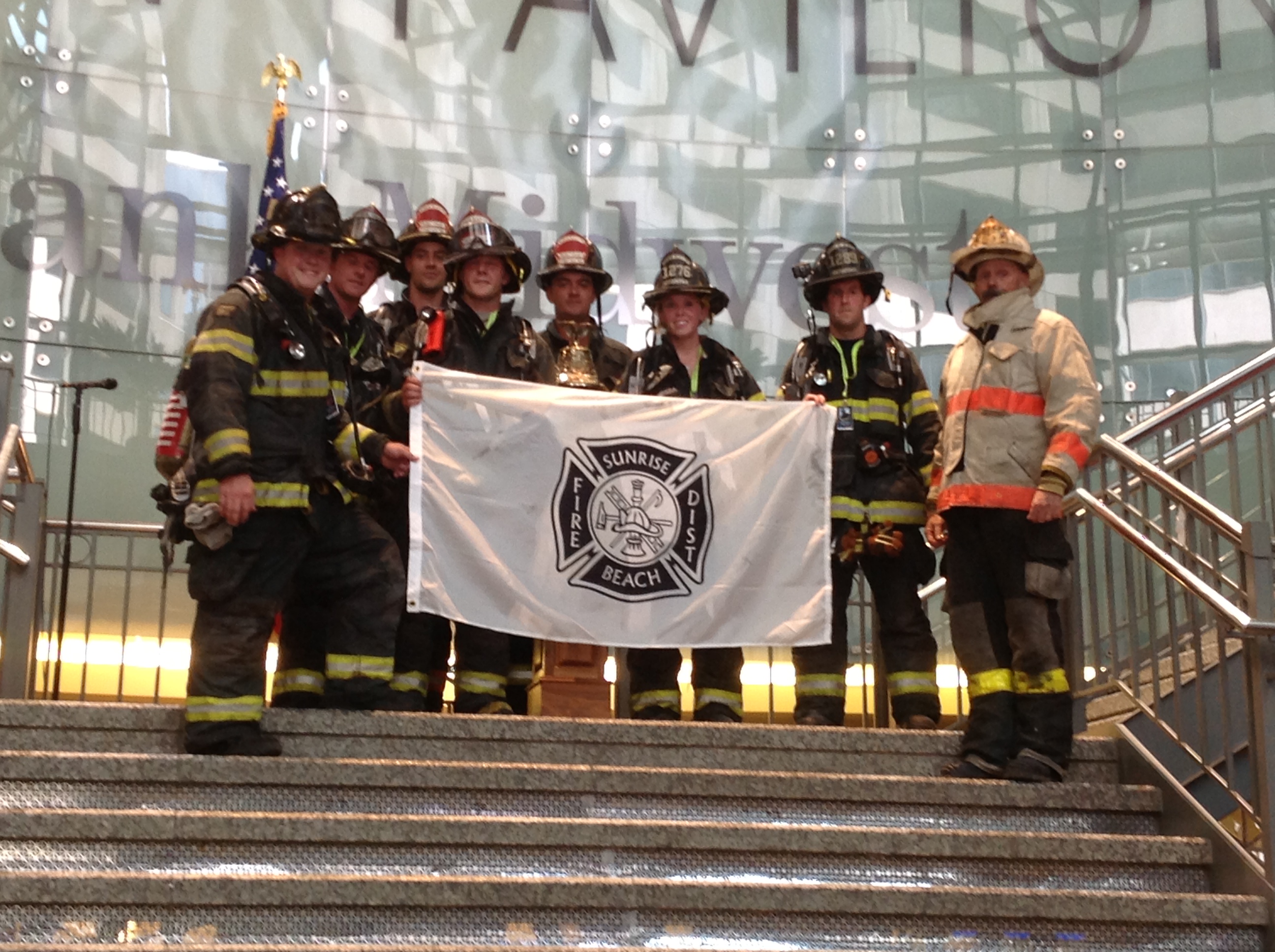 Mid-size, Urban, Midwestern Fire Department: Building a culture of fitness is not an easy task. After an exhaustive amount of surveys and site-visits we came up with 5 recommendations for the department: 1) Institute a required, job tasks-specific fitness assessment, 2) Institute a department-wide, job-specific training program, 3) All F/R athletes should complete the same training program, 4) Mandate 60-minutes of on-duty training time, and 5) Make training equipment and areas available during off-duty times.
Mid-size, Urban, Midwestern Fire Department: Building a culture of fitness is not an easy task. After an exhaustive amount of surveys and site-visits we came up with 5 recommendations for the department: 1) Institute a required, job tasks-specific fitness assessment, 2) Institute a department-wide, job-specific training program, 3) All F/R athletes should complete the same training program, 4) Mandate 60-minutes of on-duty training time, and 5) Make training equipment and areas available during off-duty times.
Link: http://mtntactical.com/inside-strong-swift-durable/full-studies/
 Back Country Hunting: We always knew that back country hunting is a demanding physical task, but just How steep is the terrain?…How long are the distances?…How heavy are the loads? These are the questions we sought to answer when we released our Backcountry Game Hunter Survey back in July. What we found was shocking: Based on our survey a single backcountry hunt is the equivalent of walking the entire Walt Disney World Monorail (14.7 miles), climbing 2.25 Empire State Buildings (3,714 stairs) and carrying up to 11.5 kitchen sinks on your back (103 lbs).
Back Country Hunting: We always knew that back country hunting is a demanding physical task, but just How steep is the terrain?…How long are the distances?…How heavy are the loads? These are the questions we sought to answer when we released our Backcountry Game Hunter Survey back in July. What we found was shocking: Based on our survey a single backcountry hunt is the equivalent of walking the entire Walt Disney World Monorail (14.7 miles), climbing 2.25 Empire State Buildings (3,714 stairs) and carrying up to 11.5 kitchen sinks on your back (103 lbs).
 Summer Mountain Guiding Season: The professional summer guiding season is a beast. We found that, based on duration and intensity, it is on-par with the most demanding professional sports seasons. In general, the season results in positive gains like increased lean body mass, improved general strength, increased climbing-specific strength and drastic improvements in lower-body power. Negative consequences of the season include large declines in flexibility and mobility, and decreases in aerobic threshold.
Summer Mountain Guiding Season: The professional summer guiding season is a beast. We found that, based on duration and intensity, it is on-par with the most demanding professional sports seasons. In general, the season results in positive gains like increased lean body mass, improved general strength, increased climbing-specific strength and drastic improvements in lower-body power. Negative consequences of the season include large declines in flexibility and mobility, and decreases in aerobic threshold.
Link: http://mtntactical.com/mountain-athlete-articles/the-true-impact-of-a-summer-guiding-season/
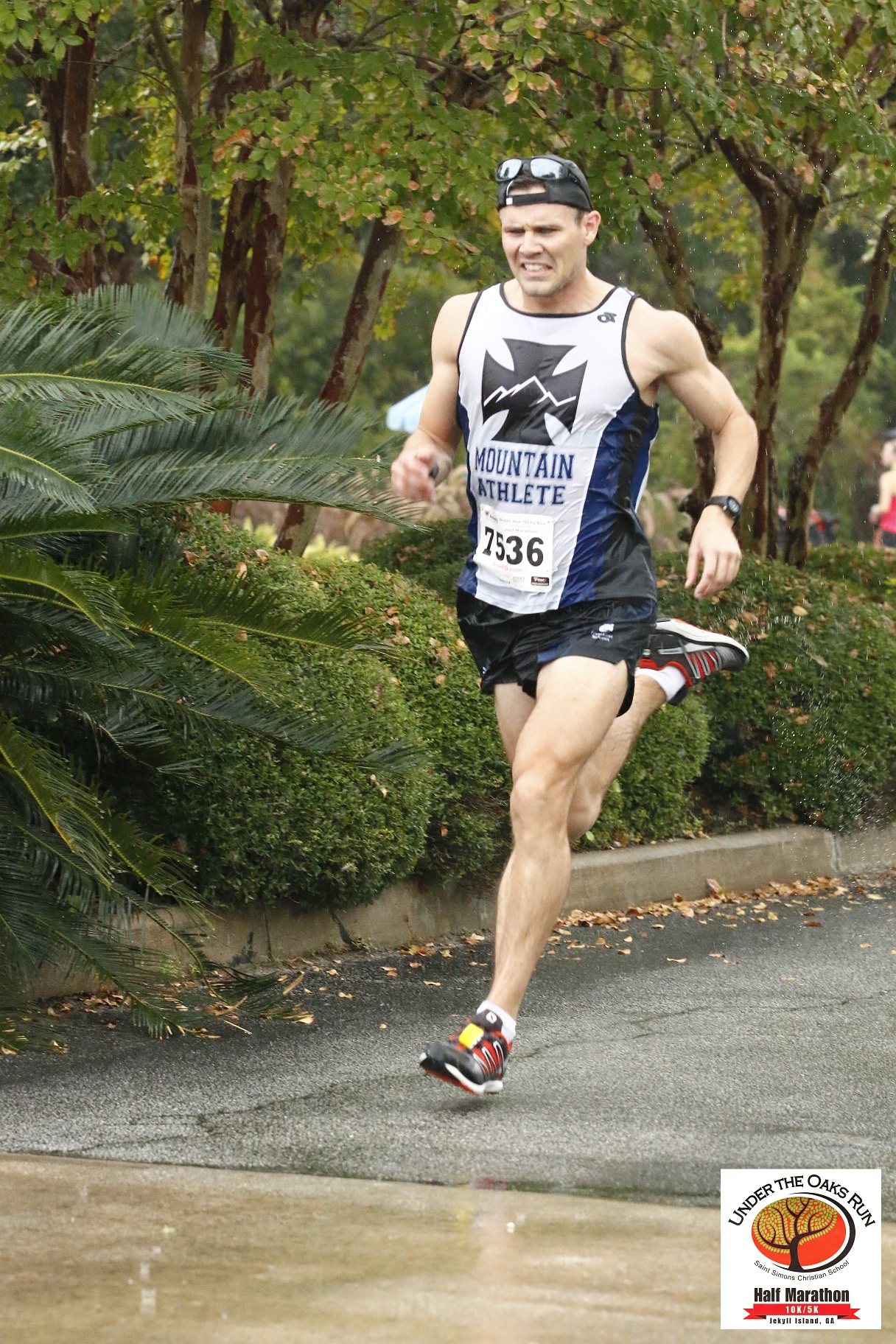 Alpinist Project: Professional Alpinists are fit…no surprise there, but with this study we were able to quantify their attributes: To be successful, professional alpinist should be very learn (body fat for males = 8-10%, females = 16-18% body fat), possess elite level grip strength, have low-to-moderate power (broad jump for males = 211cm, females = 166cm), VO2 values similar to professional field sport athletes like rugby players, and high Anaerobic Thresholds, similar to high performance mountain bikers.
Alpinist Project: Professional Alpinists are fit…no surprise there, but with this study we were able to quantify their attributes: To be successful, professional alpinist should be very learn (body fat for males = 8-10%, females = 16-18% body fat), possess elite level grip strength, have low-to-moderate power (broad jump for males = 211cm, females = 166cm), VO2 values similar to professional field sport athletes like rugby players, and high Anaerobic Thresholds, similar to high performance mountain bikers.
Link: http://mtntactical.com/all-articles/alpinist-fitness-assessment-test-results/
TRAINING:
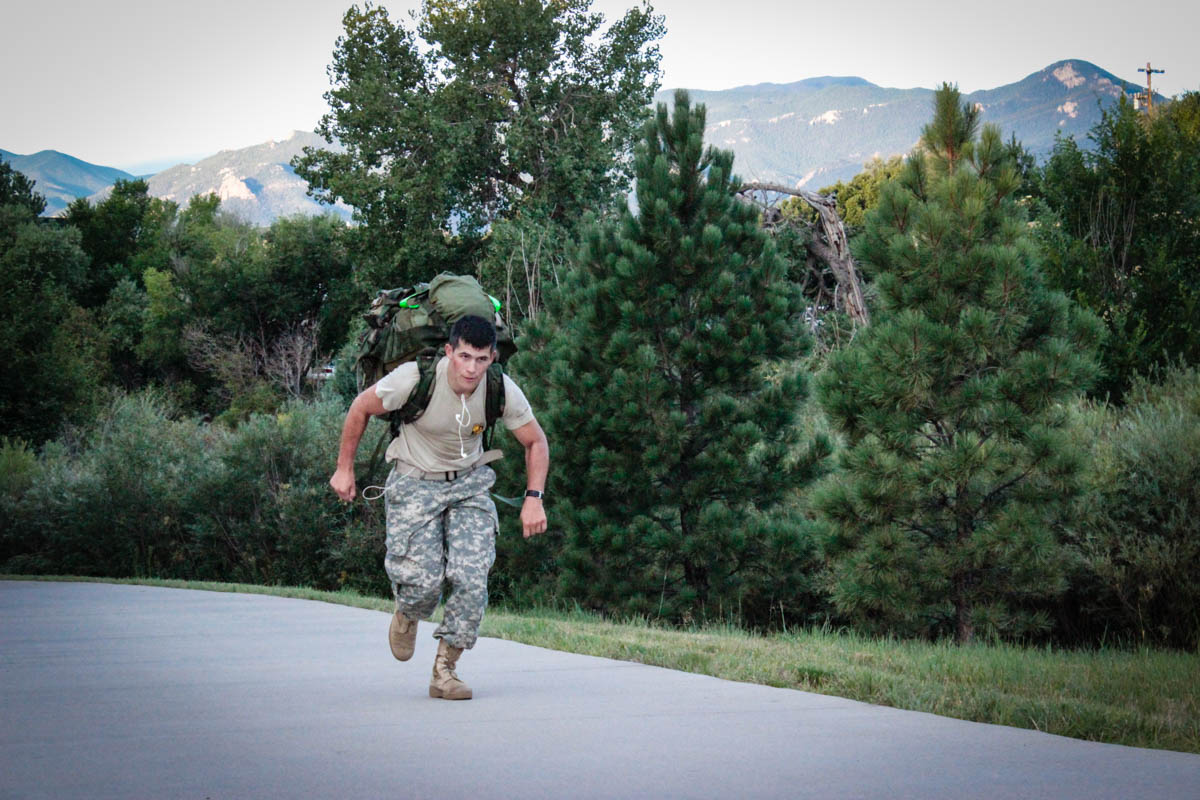 Ruck Deep Dive # 1: With this study we sought to identify the physiological attributes which most related to rucking performance. We divided the results by gender, and here is what we found: For females, rucking was highly dependent on size: height and weight, and the best predictor of female rucking performance was a combination of size and 2-mile run time. For males, rucking performance was far more multifaceted. 2-mile run time and a combination of muscular endurance measures (sit-ups and push-ups) created the best predictions.
Ruck Deep Dive # 1: With this study we sought to identify the physiological attributes which most related to rucking performance. We divided the results by gender, and here is what we found: For females, rucking was highly dependent on size: height and weight, and the best predictor of female rucking performance was a combination of size and 2-mile run time. For males, rucking performance was far more multifaceted. 2-mile run time and a combination of muscular endurance measures (sit-ups and push-ups) created the best predictions.
Link: http://mtntactical.com/inside-strong-swift-durable/full-studies/
 Ruck Deep Dive #2: After identifying the physical attributes in Ruck Deep Dive #1 we sought to pull-back the next layer in rucking performance – training improvements. This study looked at training adaptations over a 6-week period and assessed their impact on rucking performance. Again the results were split by gender. For the females in this study the key to improving rucking was building lower body strength (i.e. Front Squat). For males the results were murky (likely due to the low-levels of initial strength our athletes displayed). However, assuming athletes are starting at a similar, low-strength level like our subjects males should first train to increase muscular endurance and core strength. However, if a male athlete has a sufficient level of strength (which, unfortunately, is still TBD), then aerobic training should be the focus – as this will be the most beneficial determinant of rucking improvement.
Ruck Deep Dive #2: After identifying the physical attributes in Ruck Deep Dive #1 we sought to pull-back the next layer in rucking performance – training improvements. This study looked at training adaptations over a 6-week period and assessed their impact on rucking performance. Again the results were split by gender. For the females in this study the key to improving rucking was building lower body strength (i.e. Front Squat). For males the results were murky (likely due to the low-levels of initial strength our athletes displayed). However, assuming athletes are starting at a similar, low-strength level like our subjects males should first train to increase muscular endurance and core strength. However, if a male athlete has a sufficient level of strength (which, unfortunately, is still TBD), then aerobic training should be the focus – as this will be the most beneficial determinant of rucking improvement.
Link: http://mtntactical.com/inside-strong-swift-durable/full-studies/
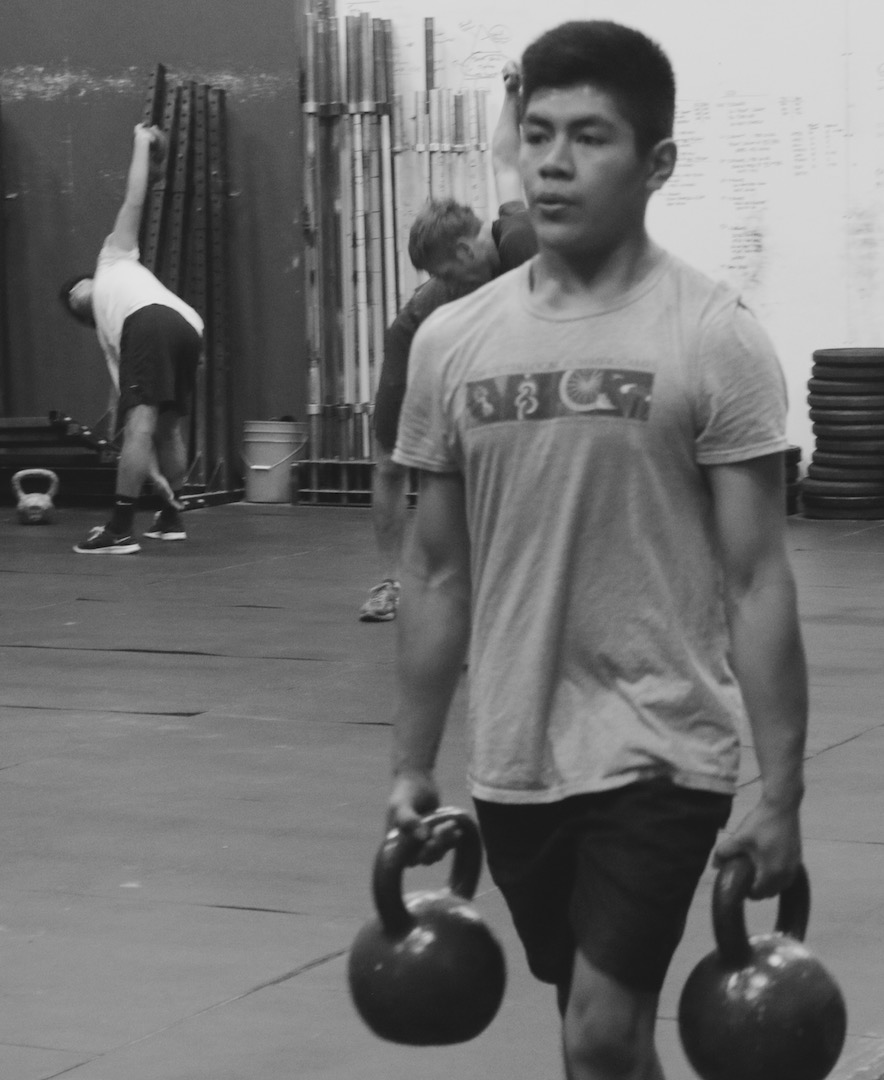 Grip Strength: Grip strength testing has become increasingly popular for tactical professionals. The purpose of this study was to examine the different types of grip strength testing and offer recommendations. What this study showed us was that “grip strength tests” are extremely specific. A high dynamometer score (single squeeze strength) will likely have little or no impact on an athlete’s ability to carry loads for time (grip endurance). We also found that grip type (solid metal vs. cloth) will greatly impact grip performance and, again, there is virtually no carry over between the two varieties. Thus, any test needs to be designed around the actual, real-world demands.
Grip Strength: Grip strength testing has become increasingly popular for tactical professionals. The purpose of this study was to examine the different types of grip strength testing and offer recommendations. What this study showed us was that “grip strength tests” are extremely specific. A high dynamometer score (single squeeze strength) will likely have little or no impact on an athlete’s ability to carry loads for time (grip endurance). We also found that grip type (solid metal vs. cloth) will greatly impact grip performance and, again, there is virtually no carry over between the two varieties. Thus, any test needs to be designed around the actual, real-world demands.
Link: http://mtntactical.com/military-athlete-articles/grip-strength-matter-test-train/
 VO2max Testing: Unfortunately, accurately measuring VO2max typically requires expensive equipment, time-consuming protocols and individual testing – Not exactly mission direct. So, we set out to develop a solution specifically for tactical professionals. What developed was the MTI Shuttle Beep Test (SBT). Although it is still early, our preliminary results are promising. The MTI Shuttle Beep Test (SBT) requires a minimal amount of space, a simple measuring device, and a timer – things which are readily available almost anywhere. Additionally, the high correlation found between the MTI SBT and VO2max is encouraging (r = 0.90, p <.05). As is the ability to use the SBT score to accurately estimate VO2max (R Squared = .78, SEE = 4.95 ml/kg/min).
VO2max Testing: Unfortunately, accurately measuring VO2max typically requires expensive equipment, time-consuming protocols and individual testing – Not exactly mission direct. So, we set out to develop a solution specifically for tactical professionals. What developed was the MTI Shuttle Beep Test (SBT). Although it is still early, our preliminary results are promising. The MTI Shuttle Beep Test (SBT) requires a minimal amount of space, a simple measuring device, and a timer – things which are readily available almost anywhere. Additionally, the high correlation found between the MTI SBT and VO2max is encouraging (r = 0.90, p <.05). As is the ability to use the SBT score to accurately estimate VO2max (R Squared = .78, SEE = 4.95 ml/kg/min).
Link: http://mtntactical.com/research/tactical-athletes-vo2max-test-1515-shuttles/
 Olympic Lifting: For those who follow our programming, you know what we do not typically train the snatch. There are a couple of reasons for this, but most importantly we believed that the clean could produce similar results with a significantly lower cost. This study, using novice HS athletes, tested this theory. The results provided us with two valuable pieced of information. First, both the Power Clean and Power Snatch can safely be taught to novice athletes in as little as six weeks. Second, the Power Clean and Power Snatch can be used to effectively increase athletic performance. However, much to our surprise, the Power Snatch was significantly better at developing the athletic measures we assessed.
Olympic Lifting: For those who follow our programming, you know what we do not typically train the snatch. There are a couple of reasons for this, but most importantly we believed that the clean could produce similar results with a significantly lower cost. This study, using novice HS athletes, tested this theory. The results provided us with two valuable pieced of information. First, both the Power Clean and Power Snatch can safely be taught to novice athletes in as little as six weeks. Second, the Power Clean and Power Snatch can be used to effectively increase athletic performance. However, much to our surprise, the Power Snatch was significantly better at developing the athletic measures we assessed.
 Pull-Ups: After two studies (a final one coming in 2016) we are fairly confident that we identified two training protocols which seem to be the best at improving pull-ups. Volume-based training was the most effective training type for athletes who already process a moderate pull-up ability (males = 6-12 reps, females = 2-5 reps). For athletes who are starting at 0 reps, Eccentric training seems to be very effective (if not the most effective). Currently, we are working with Dr. Eric Martin at California State University Monterery Bay on a large study (200+ athletes) to test these findings.
Pull-Ups: After two studies (a final one coming in 2016) we are fairly confident that we identified two training protocols which seem to be the best at improving pull-ups. Volume-based training was the most effective training type for athletes who already process a moderate pull-up ability (males = 6-12 reps, females = 2-5 reps). For athletes who are starting at 0 reps, Eccentric training seems to be very effective (if not the most effective). Currently, we are working with Dr. Eric Martin at California State University Monterery Bay on a large study (200+ athletes) to test these findings.
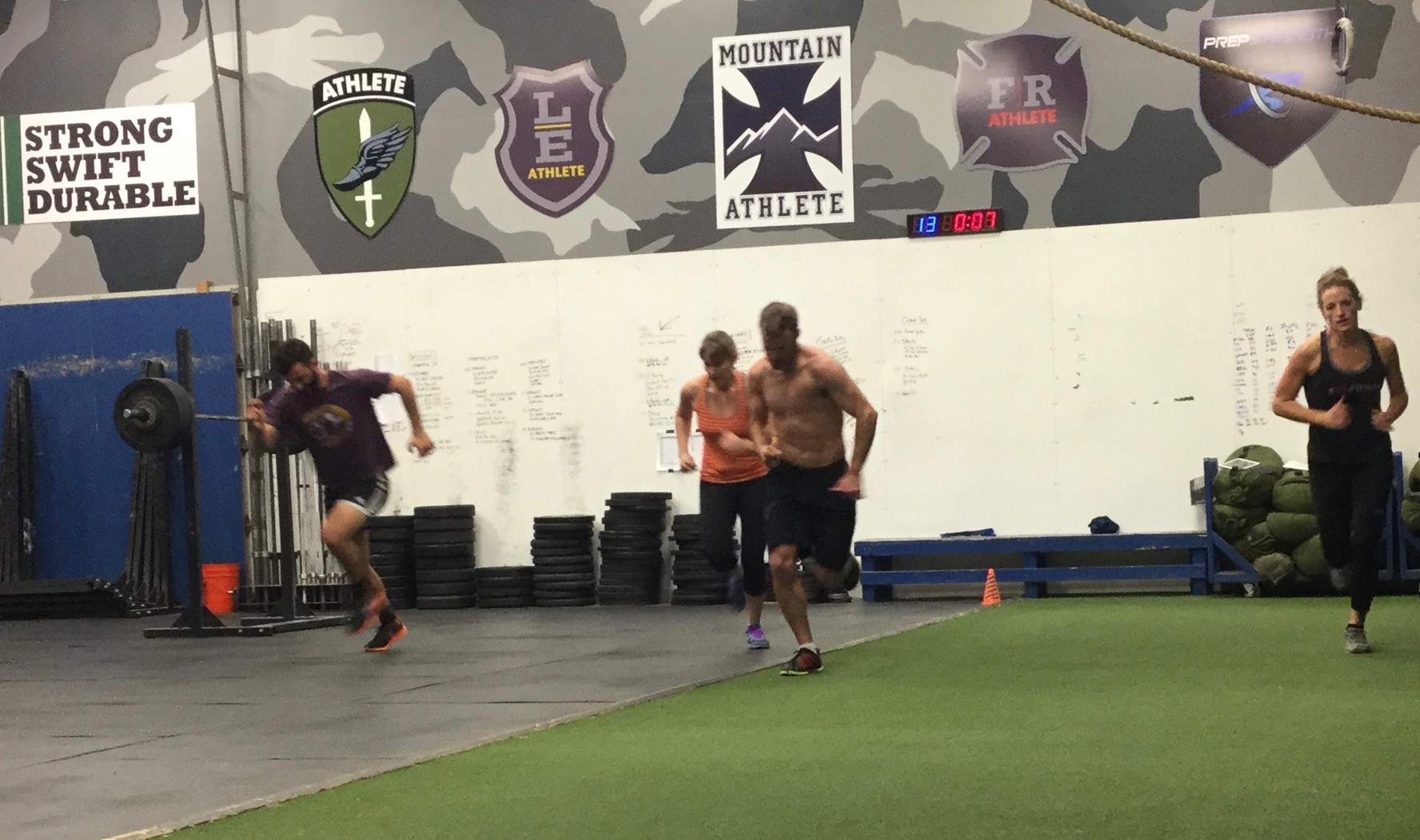 Work Capacity and Power: This one is still on-going, but we learned a lot this year. First, power (watts) offers an intriguing means of assessing and standardizing Work Capacity. However, power-based assessments proved not to be as simple as we initially thought. Using a survey we decided on a 7-minute time standard, but because load weight and body weight are such key components of power we have yet to figure out how to best standardize out-put measures and whether they should be absolute or relative. Currently we are testing relative power standards of 3.3 watts/kg for males and 2.9 watts/kg for females.
Work Capacity and Power: This one is still on-going, but we learned a lot this year. First, power (watts) offers an intriguing means of assessing and standardizing Work Capacity. However, power-based assessments proved not to be as simple as we initially thought. Using a survey we decided on a 7-minute time standard, but because load weight and body weight are such key components of power we have yet to figure out how to best standardize out-put measures and whether they should be absolute or relative. Currently we are testing relative power standards of 3.3 watts/kg for males and 2.9 watts/kg for females.
 Recovery Positions: The old saying: “Never stand up when you can sit down, and never sit down when you can lie down” holds true when talking about HR recovery, however when it comes to performance (especially shuttles and weighted shuttles) athletes are actually better off standing. This study found that athletes who remained standing or walking in between repeated shuttles sprints were able to maintain maximum performance longer than those who kneeled or sat.
Recovery Positions: The old saying: “Never stand up when you can sit down, and never sit down when you can lie down” holds true when talking about HR recovery, however when it comes to performance (especially shuttles and weighted shuttles) athletes are actually better off standing. This study found that athletes who remained standing or walking in between repeated shuttles sprints were able to maintain maximum performance longer than those who kneeled or sat.
MARKSMANSHIP:
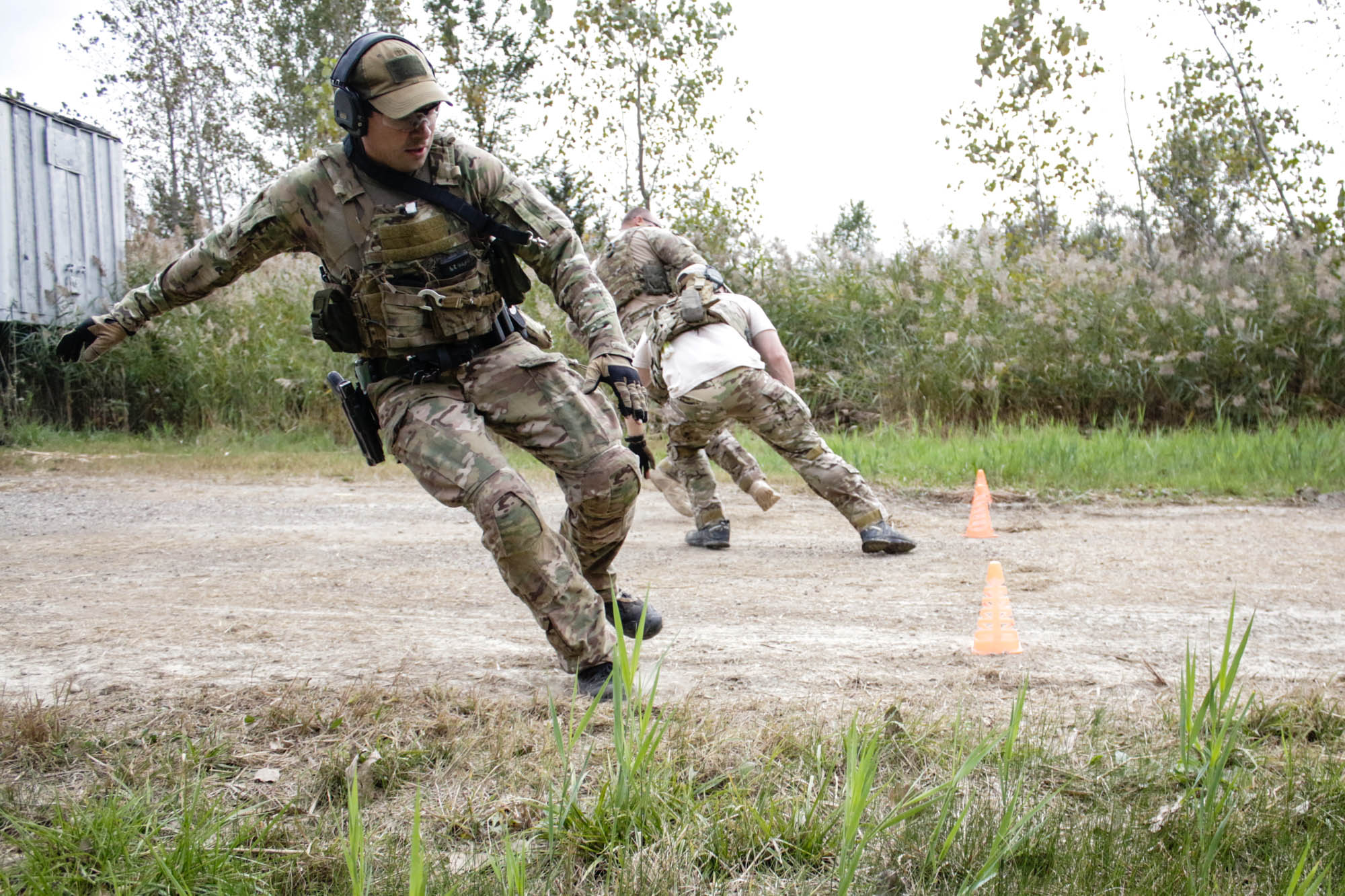 Stress and Marksmanship: Tactical performance during stressful situations is critical to operations success. With this study we sought to evaluate the effects of stress on marksmanship performance, as applied through four variables: (1) Physical Activity, (2) Time, (3) Resources Constraints (Ammunition) and (4) Competition. Based on the results we founds that non-stressed and stressed marksmanship are significantly different and require extremely different skills and training.
Stress and Marksmanship: Tactical performance during stressful situations is critical to operations success. With this study we sought to evaluate the effects of stress on marksmanship performance, as applied through four variables: (1) Physical Activity, (2) Time, (3) Resources Constraints (Ammunition) and (4) Competition. Based on the results we founds that non-stressed and stressed marksmanship are significantly different and require extremely different skills and training.
Link: http://mtntactical.com/inside-strong-swift-durable/full-studies/
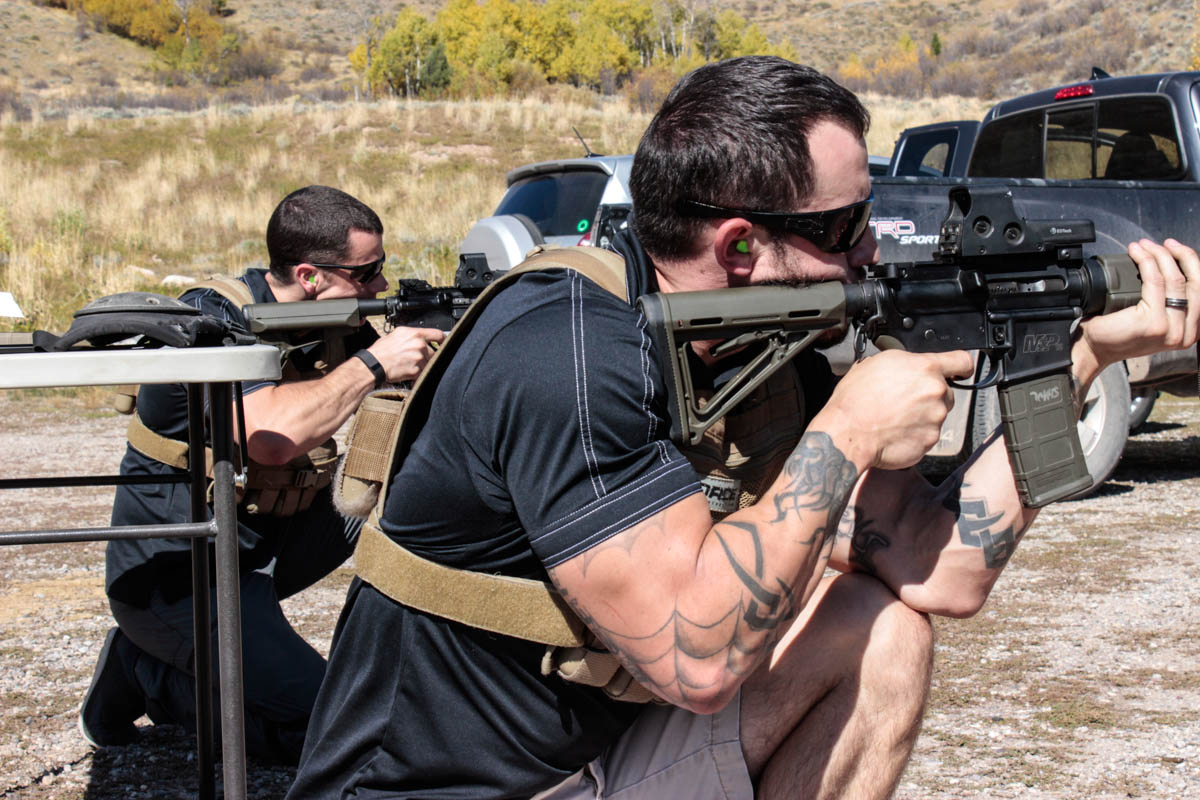 Energy Drinks and Marksmanship: Energy drinks are a way of life down-range. We assumed that all those energy drinks might be having a negative effect on marksmanship. Well, it turns our that, in moderation, we were wrong. This study found that, in healthy tactical professionals, one no-calorie energy drink (similar to a Monster Zero Ultra), consumed approximately 30-60 minutes prior to marksmanship training can effectively be used to counteract some of the negative effects experienced during short (60 minutes) and long-term (>120 minutes) non-stressed and stressed drills.
Energy Drinks and Marksmanship: Energy drinks are a way of life down-range. We assumed that all those energy drinks might be having a negative effect on marksmanship. Well, it turns our that, in moderation, we were wrong. This study found that, in healthy tactical professionals, one no-calorie energy drink (similar to a Monster Zero Ultra), consumed approximately 30-60 minutes prior to marksmanship training can effectively be used to counteract some of the negative effects experienced during short (60 minutes) and long-term (>120 minutes) non-stressed and stressed drills.
Link: http://mtntactical.com/inside-strong-swift-durable/full-studies/
Looking Ahead to 2016:
2016 will be our first full year of research…and the future looks promising. We plan to continue building on the 2015 studies, in addition to starting many more, like:
- Trigger Pull Resistance and Marksmanship
- Ketogenic Diets for Tactical Athletes
- Ruck Deep Dive #3
- Gym-Based Mental Toughness Assessments
- Professional Video Gamers and Real-World Tactical Marksmanship
- Physiological Demands of Ice Climbing
- Physiological Demands of Rock Climbing
- Trekking Poles and Military Rucking
- Developing a Chassis Integrity Assessment
- Identifying the Best Way to Improve Push-Ups
- Musicians and Marksmanship Performance
- Skinning Versus Bootpacking
- Fine Motor Skills and Stress
- Skiing – Chair versus Backcountry
If you have any suggestions for projects, we would love to hear from you. Just e-mail: adam@mountaintacticalinstitute.com
MTI…Building Better Performance in 2016.
